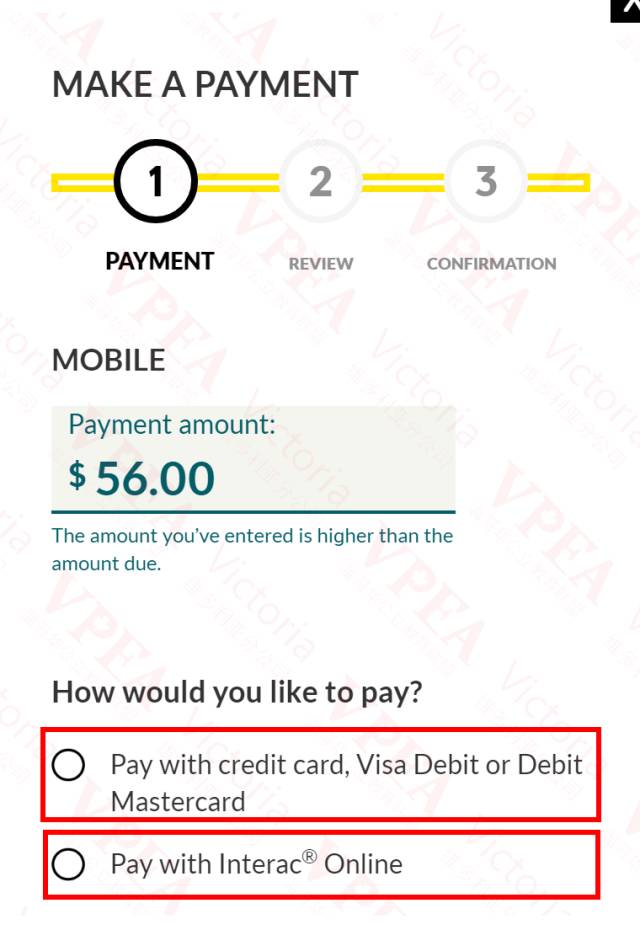How to Transfer Credit Card Debt to Personal Loan: A Step-by-Step Guide to Financial Freedom
#### Translation of "how to transfer credit card debt to personal loan":如何将信用卡债务转移到个人贷款---Transferring credit card debt to a personal loan can be a strategi……
#### Translation of "how to transfer credit card debt to personal loan":
如何将信用卡债务转移到个人贷款
---
Transferring credit card debt to a personal loan can be a strategic financial move that helps you manage your debts more effectively. In this guide, we will explore the steps involved in how to transfer credit card debt to personal loan, the benefits of doing so, and tips for making the most of your new loan.
#### Understanding Credit Card Debt
Credit card debt is often characterized by high-interest rates, which can make it challenging to pay down over time. Many individuals find themselves in a cycle of minimum payments, leading to prolonged debt and increased financial stress. This is where a personal loan can come into play.
#### Benefits of Transferring Credit Card Debt to a Personal Loan

1. **Lower Interest Rates**: Personal loans typically offer lower interest rates compared to credit cards, especially for those with good credit. By transferring your credit card debt, you can save money on interest payments over time.
2. **Fixed Monthly Payments**: Unlike credit cards, which can have fluctuating minimum payments, personal loans usually come with fixed monthly payments. This predictability can help you budget more effectively.
3. **Debt Consolidation**: If you have multiple credit cards with outstanding balances, consolidating them into a single personal loan can simplify your finances. You’ll only have one payment to manage rather than several.
4. **Improved Credit Score**: Reducing your credit utilization ratio by paying off credit card debt can positively impact your credit score. This can lead to better loan terms in the future.
#### Steps on How to Transfer Credit Card Debt to Personal Loan

1. **Assess Your Financial Situation**: Start by reviewing your current debts, interest rates, and monthly payments. Determine how much credit card debt you wish to transfer and evaluate your overall financial health.
2. **Research Personal Loan Options**: Shop around for personal loans from various lenders. Compare interest rates, terms, and fees to find the best option for your needs. Online lenders, credit unions, and traditional banks are all potential sources.
3. **Check Your Credit Score**: Your credit score will significantly impact the interest rates and terms you receive. Obtain a free credit report and review it for any errors that you can dispute to improve your score.
4. **Apply for the Personal Loan**: Once you’ve found a suitable lender, complete the loan application process. Be prepared to provide documentation such as income verification, employment history, and existing debt information.
5. **Use the Loan to Pay Off Credit Card Debt**: Upon approval, use the funds from your personal loan to pay off your credit card balances. Ensure that you confirm the payments with your credit card companies to avoid any miscommunication.

6. **Create a Repayment Plan**: After transferring your debt, develop a budget that incorporates your new monthly payment. Stick to this budget to ensure that you pay off the personal loan efficiently.
7. **Avoid Accumulating New Debt**: It’s crucial to avoid racking up new credit card debt after transferring your existing balances. Consider cutting back on spending and using cash or debit for purchases.
#### Conclusion
Transferring credit card debt to a personal loan can be an effective way to take control of your finances and work towards a debt-free future. By following the steps outlined in how to transfer credit card debt to personal loan, you can improve your financial situation and reduce the stress associated with high-interest debt. Remember to do your research, maintain a budget, and commit to responsible financial habits moving forward.